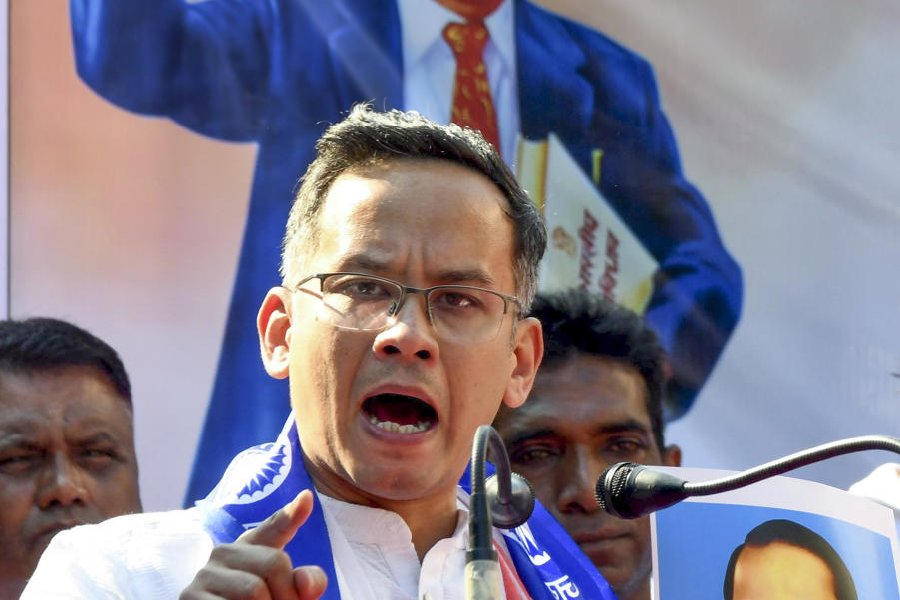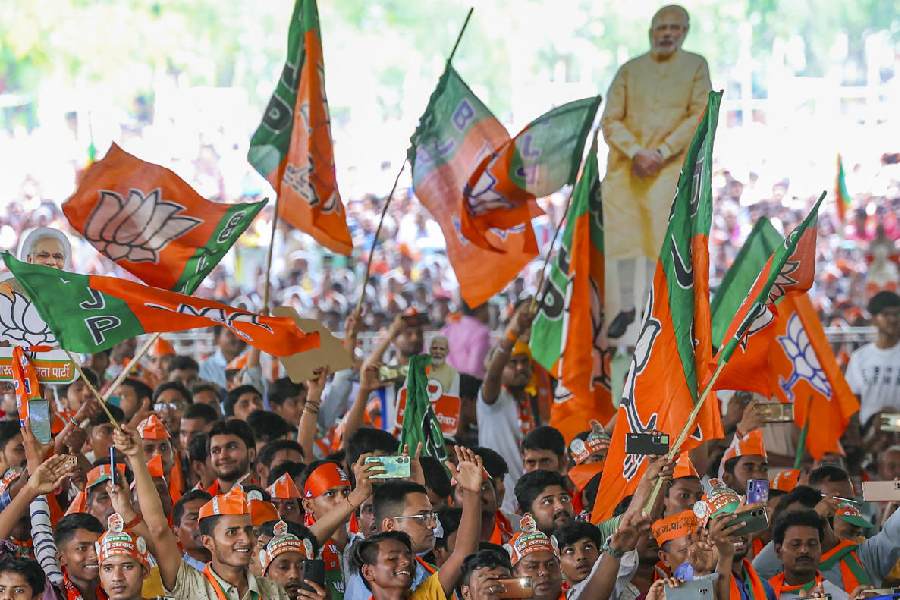Kerala has long fascinated scholars for its unique political and social records. In 1957, the state surprised the world by becoming one of the first regions to elect communists to power democratically. The Reds faced extinction elsewhere since the collapse of the Soviet Union, including two of the three Indian states where they held sway. Yet, Kerala remains their singular citadel, with the Left winning elections consecutively for the first time in 2021.
Kerala grabbed global attention again in the 1970s for its high human development that was achieved even when it remained economically backward. This upturned conventional economic wisdom and became known as the ‘Kerala Model’.
However, unlike other southern states, Kerala has been seen to be unfriendly to business and private capital. Unionised labour and communist dominance were cited as the reasons. Even after strikes and bandhs became infrequent, Kerala’s image of being a ‘problem state’ continued. Hence, jaws dropped when the state emerged as the best in the country this month for business-centric reforms in the latest rankings of the Union ministry of commerce and industry. “This is the first time that we are topping the country in ease of doing business reforms,” beamed the industries minister, P. Rajeeve, who has been relentlessly pursuing private investment despite being a hardcore Marxist ideologue. According to him, under the state's Year of Enterprise initiative, 290,000 micro, small and medium enterprises were set up in Kerala in the last 30 months with an investment of over Rs 18,000 crore. Of these, 92,000 are led by women and 30 by transgenders. “It takes only one minute for setting up an MSME in Kerala,” said the minister. Recently, a study by the Economic Advisory Council to the Prime Minister showed that Kerala and the other four southern states led the country in growth post-liberalisation.
Kerala’s dramatic economic rise during the last two decades from being one of India's poorest states to the country’s most prosperous, even as it retained its top slot in human development, has remained largely unnoticed, says a recent book published by the Cambridge University Press. The book, Kerala, 1956 to the Present: India's Miracle State, authored by the economists, Tirthankar Roy and K. Ravi Raman, refutes many conventional interpretations regarding the state from both the Left and the Right. “Kerala is different, but not in the way we think,” says the book. According to the authors, Left scholars credited Kerala’s achievements entirely to their radical redistributive policies and mass struggles. They ignored the roles of the market, centuries-old global trade, commercially exploitable natural resources, geography and climate. The authors also discount the widely-held view that Kerala’s achievement in health owed most to public investments dating from the 19th century. Instead, they credit Kerala's benign climate and geography that historically helped prevent natural disasters, epidemics, famines and so on for its low mortality. The Right, on the other hand, according to the book, failed to see how Kerala's Left reinvented itself post-liberalisation to pursue growth with the help of the private sector, thereby rediscovering the comparative advantages it lost in the 1970s.
The substantial inflow of remittances from the Malayali diaspora, mainly from the Gulf countries since the 1980s, bailed out the Kerala Model of the welfare State, which had turned unsustainable owing to low growth. Its multiplier effects triggered the service sector (consumption, transport, communication, construction, tourism) and, subsequently, private investments in health, education and information technology. Kerala was one of India's poorest states even during the 1980s, with its average income less than a third of the national average. In 2022, Kerala’s per capita income was 50%-60% higher than that of the national average and it became the fifth-richest among large Indian states, following Gujarat, Karnataka, Tamil Nadu, and Telangana.
About a decade into India’s liberalisation, some reputed scholars debated the best path for the country. Amartya Sen and Jean Drèze maintained that India should learn from the Kerala Model of human development attained with limited resources. On the other side was Jagdish Bhagwati, who held that the Kerala Model was unsustainable without growth. It was even said that accenting human development risked growth. Roy and Ravi Raman consider both these contrasting arguments unsound. They argue that Sen and Drèze “almost totally overlooked the most significant force of transformation, a market-driven one: the export of labour” in Kerala's economic advance. They maintain that the market versus State choices in the 2000s were obsolete tools for a historical analysis of the state. What they found unsound with Bhagwati’s analysis was his pessimism about Kerala even as economic growth had begun to surge. “His intuition that the [Kerala] model was unsustainable was probably correct butnot testable.”
So what do Roy, professor of economic history at the London School of Economics, and Ravi Raman, a Kerala State Planning Board member, ascribe to India’s ‘miracle state’? They dismiss 'Kerala exceptionalism' and hold that every state is different in its own way. They maintain that Kerala’s political ideology was neither more enlightened nor developmental. According to them, four factors caused the state’s advance — 1. A long tradition of engagement with the world. 2. Abundance of commercially exploitable natural resources. 3. Availability of literate workers. 4. An activist-Leftist political tradition that started as a movement against inequality but morphed into regimes that pursued growth with help from the private sector.
The last is the most original and debatable interpretation. According to the authors, the Left’s reinvention was necessitated by the overall crisis of Kerala's economy in the 1980s which put the state’s welfare model and even the Left’s survival at stake. “By then, agriculture was in retreat, the old base of the left was not significant anymore, and the state was rapidly falling behind India in economic growth (and investment rates).” Paradoxically, this prompted the Left to turn quietly friendly towards private capital by the 1990s. “Capitalism helped communism” with investment in health and education that assisted the state in focusing on decentralised governance, corruption-free administration and urban infrastructure. “The class-based politics of the 1960s and 1970s was dead.” Roy and Ravi Raman think this reinvention's dramatic success helped the Left retain power in 2021 even when Marxist parties sank in West Bengal. However, the authors ignore the fact that ironically the Marxists sank in Bengal when they tried to embrace private capital.
The authors credit the Left with many of Kerala’s strengths, such as its lead in human development, decentralisation, and the public distribution of food. However, they also hold the Left responsible for destroying private capital (during the Sixties and the Seventies), nearly destroying conventional agriculture, weakening growth, and creating conditions for fiscal crises.
Neither do they ignore the formidable challenges the ‘miracle state’ faces. These include growing inequality, severe environmental challenges, low quality of higher education, a rapidly ageing population, unemployment among the educated, especially that of females, falling devolution of funds from the Centre, debt-funded investments and so on.
Roy and Ravi Raman have dismissed almost every assumption regarding Kerala’s economic history as less persuasive. The qualification fits many of theirs as well. Yet, that their analysis opens up an exceptionally original strand in the ever-growing scholarship on Keralais indisputable.
M.G. Radhakrishnan, a journalist based in Thiruvananthapuram, has worked with various print and electronic media organisations











